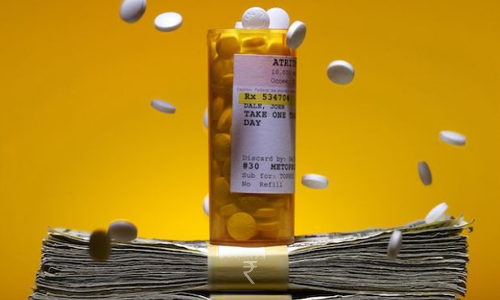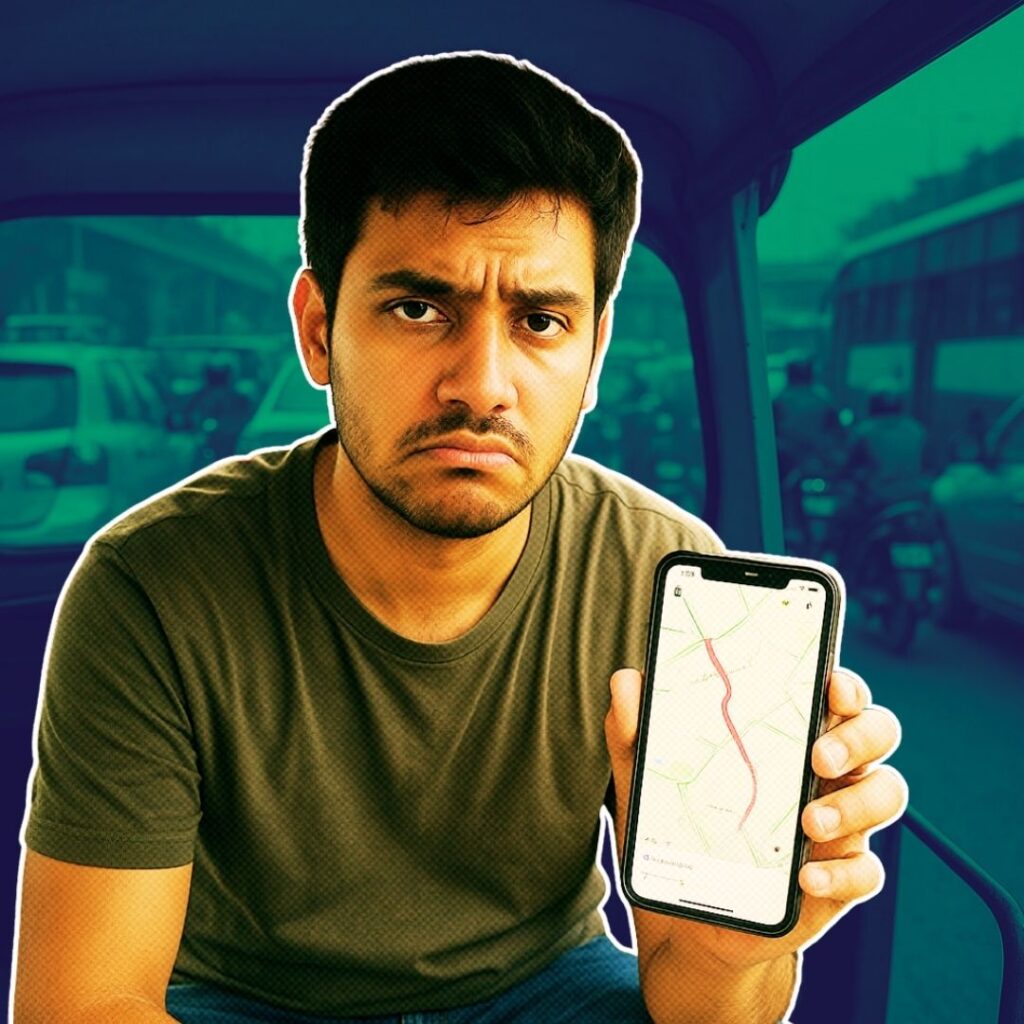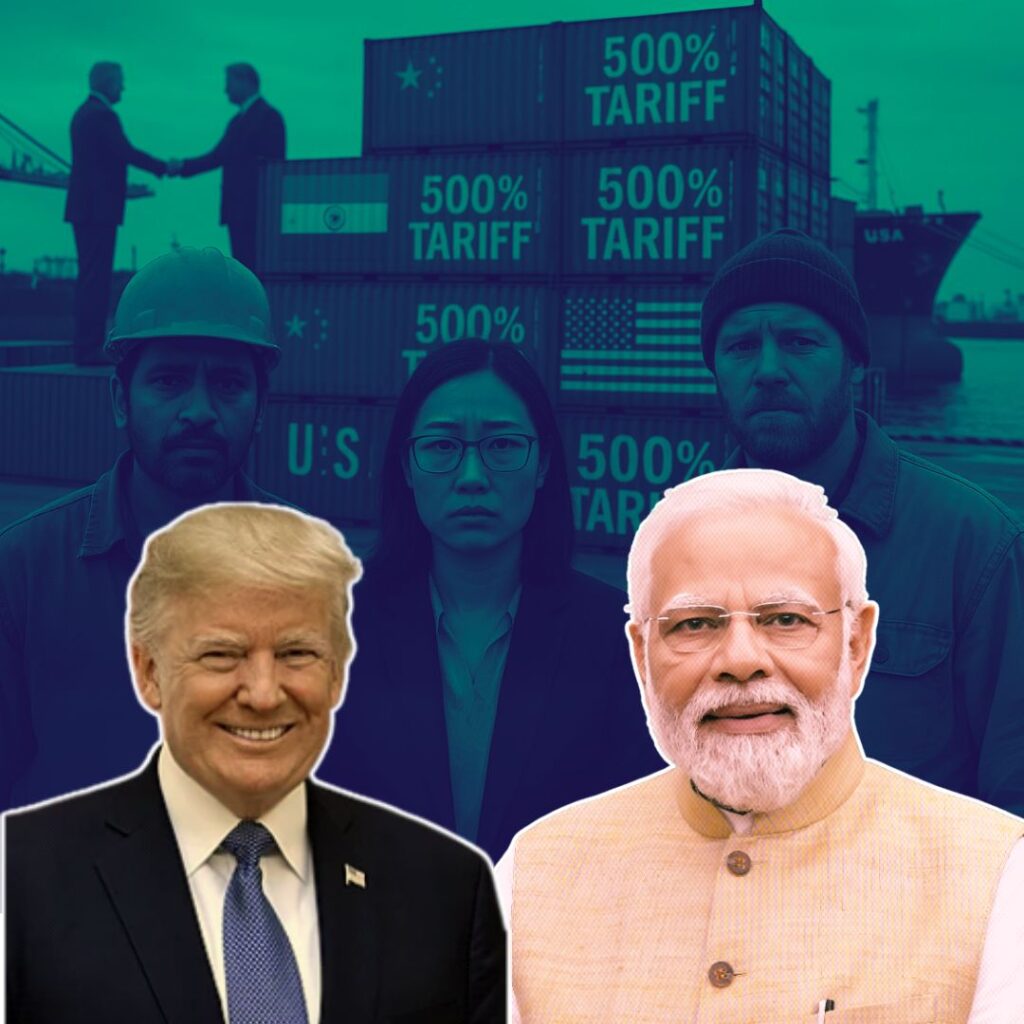Back in year 2000, when the international health aid organization Médécins sans Frontiers (MSF) launched small treatment projects for HIV positive individuals in Cameron, South Africa and Thailand, the annual cost of antiretroviral drugs required per head was a whopping $10, 000 (more than Rs. 6 lacs), posing a significant challenge in reaching out to developing countries.
However, 2001 saw prices plummeting by as low as 96 per cent as India’s drug manufacturers entered the picture, mass-producing affordable treatment for AIDS patients, among others. Our Government had relaxed its intellectual rights policy to exclude life-saving drugs from patents, ensuring the maintenance of low prices for Indian consumers. With continued price drop in antiretroviral drugs, individual costs cut down to as low as $140 (Rs. 8600) yearly, enabling the charitable group to extend its aid to 24 countries currently.
The process that enabled this progress, as mentioned, is the development of generic drugs. They are cheaper analogs of drugs developed by pharmaceutical giants existing in public circulation that are frequently as effective as their pricier brand-name drugs. These can be manufactured without a license from the innovator company that crafted the original drug, after the patent’s or other exclusive rights’ validity, which can range from 14 to 20 years, expires.
While consumers express concern over the efficiency and side effect profile of these alternatives, the generic drugs have the same chemical composition and effects on the body as the brand-name drugs, with differences usually existing in properties such as the absorption rates and the dyes, fillers and binders used to hold the active ingredients together. The Food and Drug Administration, depending on whether they exhibit exact or variable properties as the non-generic medicines, label the cheaper ones as A or B respectively, allowing pharmacists to make informed decisions based on individual patient needs and restrictions.
As these are some of the only drugs that meet the expenses of the poorest, they’ve grown immensely popular among patients, as well as healthcare workers, due to earlier treatment and control of diseases as problematic as AIDS. On the contrary, it has only riled major American and European drug manufacturers.
Last year, Big Pharma fought India’s lenient laws all the way to our Supreme Court and lost. They have now turned instead to the office of the United States trade representative and hope to win their campaign. PM Modi’s November visit and President Obama’s Republic day arrival prompted both sides to appeal to the leaders to enforce the law in their favor. Members of the Alliance of Free Trade with India (a coalition of manufacturers belonging to diverse fields including pharmaceuticals) urged the US premier to push India to reform its current guidelines ‘that present a clear bias against the granting of bio-pharmaceutical patents’. They claim that the generic market hurts the sales profits they depend on to fund future research.
But as critics note, this is not only an inefficient method of supporting Research & Development, the reality is lopsided as companies focus more on drugs for less life-threatening issues like erectile dysfunction than, say, Ebola. Also, patent laws in Europe and the United States provide drug manufacturers near-autonomous grip over their products. Simply combining an existing drug with a current technical property warrants the by-product eligible for a new patent: e.g. by altering the property of a common drug like synthesizing a sustain-release formula of Paracetamol, or even withdrawing a tablet only to release it later as a capsule. Not only does this prolong the monopoly, but often subjects patients in need of essential drugs, like anti-depressants, to months of placebo consumption instead of receiving timely intervention, as part of prolonged trials required to provide data for approval of the newer, yet similar, drug. Such dimensions further raise concern over the ethics surrounding drug manufacture.
At the other end, MSF continues its pleas to the Indian Government to not yield to international pressures. It has decided to carry on with monitoring the patent situation in India and also publishes a database of information on challenging patents in countries worldwide to help people and governments fight the barriers to affordable medicine. Restrictions on sales and supply of generic drugs would deny access to many developing areas in Asia and Africa, as well as to most of the uninsured citizens of America as well.
With poorer classes already alienated from good quality healthcare, curbing the distribution of cost-effective drugs would only twist the knife deeper. Equitable availability of both brand-name and generic drugs, with sufficient information regarding each one’s pros and cons, should be available to the public. Meanwhile, the cheaper drugs should be continued to be delivered to the people most in need of them. Developing new drugs may be what keeps the cash registers ringing for manufacturing companies, but life-saving drugs ought to be exempted from restrictions beyond their license period, due to the sheer magnitude of the lives that can be positively affected. From cancer chemotherapy to infection control, these chemicals are already part of a revolution that has seized the developing world. And, unless both International bodies and the Indian Government decide to act rationally, this battle will leave no victory, nor winners.











